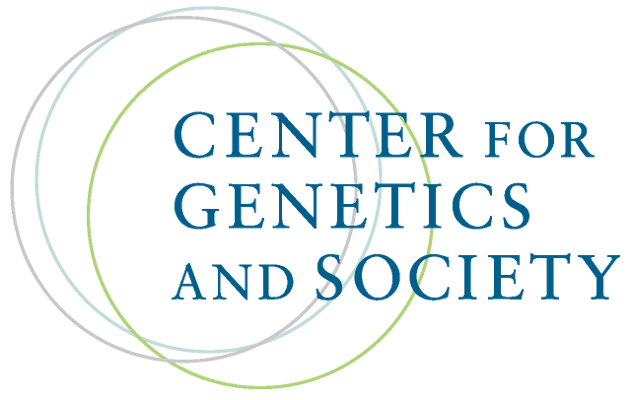New Sickle Cell Therapies Will Be Out of Reach Where They Are Needed Most
By Rebecca Robbins and Stephanie Nolen,
The New York Times
| 12. 08. 2023
The Food and Drug Administration’s approval on Friday of two groundbreaking gene therapy treatments for sickle cell disease has brought a rare moment of hope and celebration to people with the agonizing blood disorder.
But there is no clear path for the new therapies — one-time treatments so effective in clinical trials that they have been hailed as cures — to reach the countries where the vast majority of people with sickle cell live. Shortly after the approval their manufacturers announced sticker prices in the millions of dollars: $3.1 million for Lyfgenia, made by Bluebird Bio, and $2.2 million for Casgevy, made by Vertex Pharmaceuticals.
Lyfgenia will launch in the United States. Vertex has been prioritizing winning approval in six wealthy countries — the United States, Italy, Britain, France, Germany and Saudi Arabia — that, by one estimate, are home to 2 percent of the global sickle cell population.
Three-quarters of the world’s sickle cell patients are in sub-Saharan Africa. Several million of them are believed to be sick enough that they would be eligible for the new therapies...
Related Articles
By Liyan Qi and Jonathan Cheng, The Wall Street Journal | 03.26.2025
photo via Wikimedia Commons licensed under CC by 3.0
Chinese scientist He Jiankui set off global outrage and landed in prison after he skirted ethical guidelines and claimed he had produced genetically modified babies designed to resist HIV infection.
Now, the self-styled ...
By Anna Louie Sussman, The New York Times | 03.25.2025
On June 24, 2022, the same day the Supreme Court issued its decision in Dobbs v. Jackson Women’s Health Organization, I received a call from the fertility clinic where I’d been undergoing in vitro fertilization, informing me that seven of...
By Michael Gibney, PharmaVoice | 03.20.2025
The death this week of a teenager receiving Sarepta Therapeutics’ gene therapy Elevidys for Duchenne muscular dystrophy is a tragic reminder of the stakes involved in cutting-edge biotech innovation.
While gene therapies like Sarepta’s offer an opportunity to treat and...
By Staff, The Medicine Maker | 03.21.2025
"The Promise and Peril of CRISPR" cover by Johns Hopkins University Press
As a paediatrician taking care of children with sickle cell disease, Neal Baer, a Harvard Medical School graduate, was in awe of the power of CRISPR technologies. Later...




